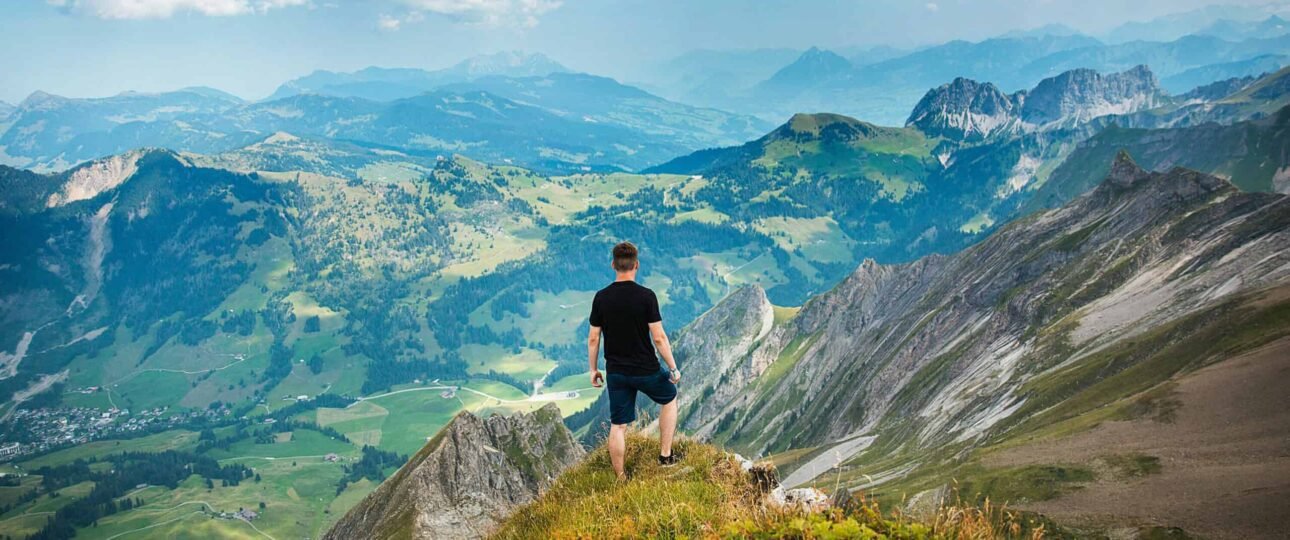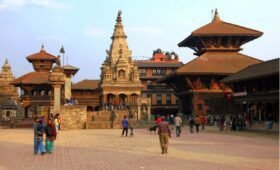Nepal, with its diverse landscapes and vibrant cultures, is a dream destination for travelers. However, staying connected in this Himalayan nation can be a bit of a challenge, especially if you venture into remote areas. To ensure you can share your adventures, keep in touch with loved ones, and navigate effectively, here’s a guide to the best ways to stay connected while traveling in Nepal.
1. Local SIM Cards for Phone Service
Getting a local SIM card is one of the easiest and most cost-effective ways to stay connected in Nepal. You can purchase SIM cards from various providers like Ncell and Nepal Telecom at airports, local shops, or kiosks. Ensure your phone is unlocked before you arrive, so it can accept a Nepali SIM card. Local providers offer data packages for internet access and a range of call and text options.
2. Wi-Fi in Urban Areas
In cities like Kathmandu and Pokhara, you’ll find an array of cafes, restaurants, and accommodations that offer free Wi-Fi. While the quality and speed may vary, these urban areas generally provide reliable internet access for checking emails, social media, and basic online tasks. Don’t forget to ask for the Wi-Fi password!
3. Internet Cafes
Although they’re less common in urban areas, internet cafes can still be found in some places. These cafes offer computer access with internet connectivity, making it easy to send emails, make calls via messaging apps, or check your social media accounts.
4. Trekking with Satellite Internet
If you plan to embark on a trek in Nepal, keep in mind that connectivity in remote regions can be limited. However, some tea houses along popular trekking routes like the Annapurna Circuit and Everest Base Camp now offer satellite internet services for a fee. These connections are typically slow and may have a time limit, but they provide a lifeline for trekkers who need to communicate.
5. Nepali Social Media Apps
To stay connected with locals, consider using Nepali social media apps like “Hamro Patro” and “Nepali Patro.” These apps offer local news, event updates, and the Nepali calendar, making it easier to engage with the Nepali community.
6. Satellite Phones for Remote Areas
In extremely remote regions of Nepal, where even satellite internet is unavailable, satellite phones can be a vital lifeline. These phones provide voice and text communication through satellite signals, ensuring that you can stay connected even in the most isolated locations. They can be rented or purchased in major cities.
7. Plan Ahead for Offline Moments
While it’s important to stay connected, also be prepared for moments of disconnection. In the remote Himalayan regions, you may encounter areas with no signal, and it’s a chance to truly immerse yourself in the natural beauty and culture of Nepal.
In Conclusion
Staying connected while traveling in Nepal is not only practical but also essential for ensuring a smooth and enjoyable journey. Whether you opt for a local SIM card, portable Wi-Fi, or satellite phone, there are various ways to maintain communication. Just remember to take advantage of Wi-Fi in urban areas, plan ahead for remote regions, and embrace both the connected and disconnected moments of your Nepalese adventure. With these options at your disposal, you’ll be well-prepared to explore the wonders of Nepal while staying in touch with the world.



